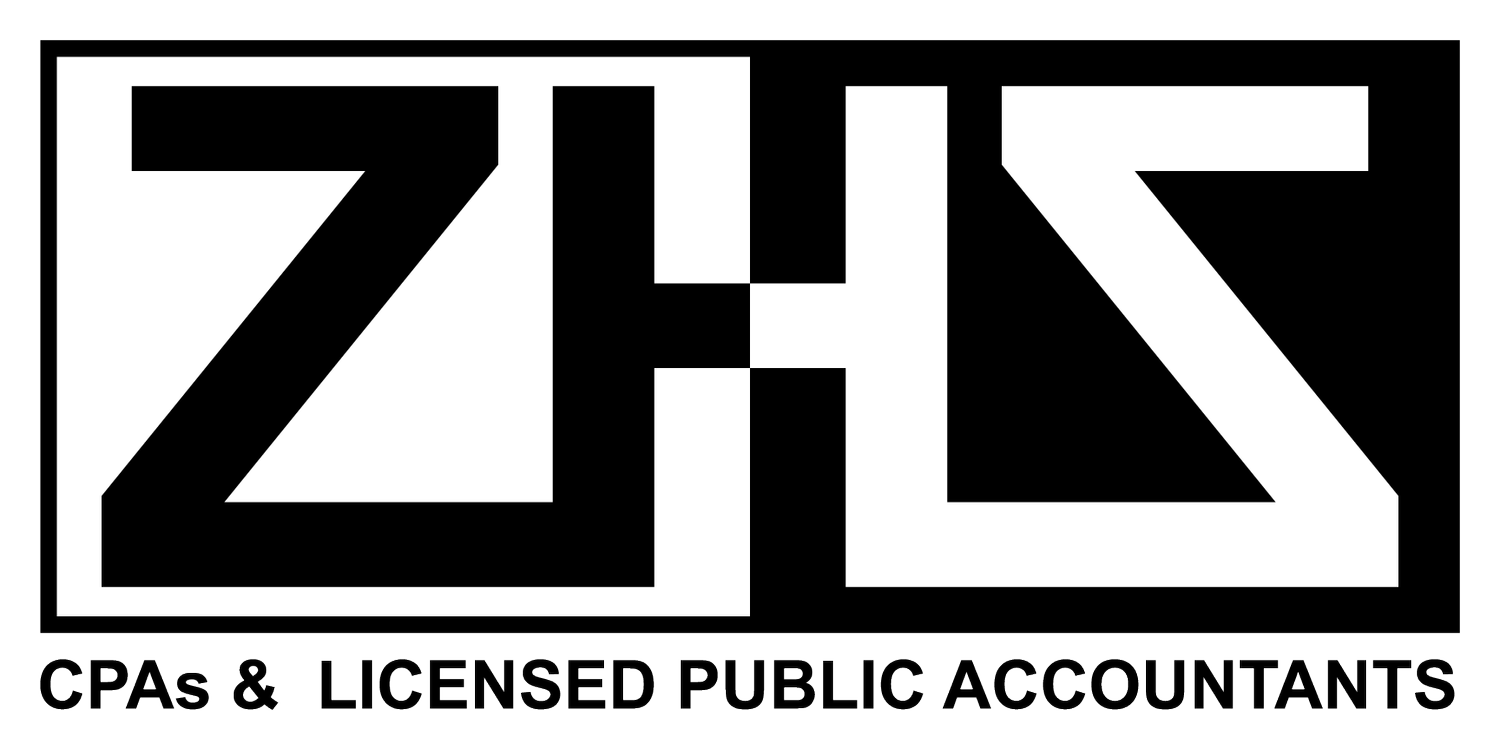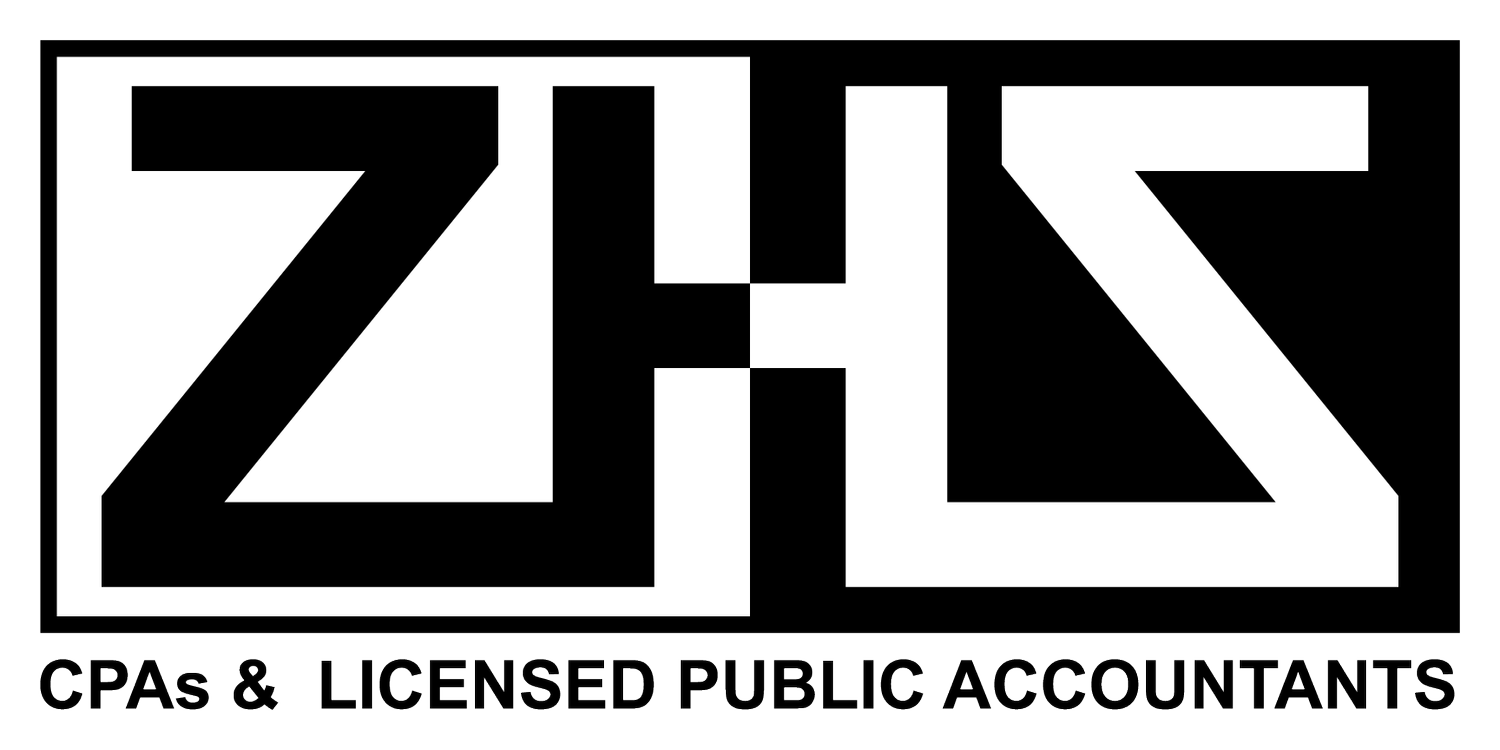Why a rental unit in your home is not as simple as it sounds
Find out about some of the legal and tax implications of a rental unit before you sign on a tenant.
For people currently renting or considering renting a portion of the home they own, the tax considerations can be complex and the fallout costly if you don’t do it right. In fact, earning income from renting a portion of your home can be subject to different rules and reporting requirements to the Canada Revenue Agency.
“Once you start to go through all the considerations, small rentals can get quite complicated,” says CPA Fabio Bonanno, principal, taxation with CPA Canada.
The following are some basic guidelines for renting out a unit in your home.
Step 1: Set up a legal rental
While it might seem simple to just rent out your basement area or a room in your home, there are some ground rules you have to consider first, says Nathaniel Brettle, managing lawyer with Malo Pilley Lehman Brettle in Toronto.
“There’s more to it than just renting out a basement space for example,” he says. “Residential leasing is very regulated. You need to make sure that the apartment you are renting is an entirely separate living space, with a bathroom and kitchen, and meets the required municipal and fire codes. If it’s in your basement for example, windows have to be large enough to extricate a person.”
Typically, you will have a lease arrangement outlining rent and basic services such as heat, light, parking and laundry facilities. As for drafting a lease, don’t take the do-it-yourself approach. There are standard lease forms the government wants everyone to use. “Otherwise, you could run afoul of the Landlord and Tenant Board,” says Brettle.
He also suggests that if a potential renter is a student, “It’s a good idea to put parents on the lease as guarantors.”
Step 2: Understand what’s involved with rental income
An important thing to consider is whether the income you earn from the space in your home will be reported as business or rental income on your personal income tax return. “This will affect how you claim expenses, among other considerations,” explains Bonanno. “The tax treatment and filings are different for each.”
If the homeowner is providing additional services such as cleaning, security or meals for example, then it may be classified as business income. This will likely be more of an issue if some or all of the property is offered on a short-term basis (similar to a bed and breakfast).
Step 3: Know your change in use rules
Any time you rent a space in your home, you may have a change in use of that space, which could result in a deemed sale, says Bonanno.
“That could be problematic in terms of cash flow and having the funds to pay the tax liability,” he says. “Unlike a regular disposition, you do not get cash proceeds. You therefore have to pay tax on a gain for which you have received no cash proceeds.”
The government will usually not consider it a change in use if three conditions are met: The space is small relative to your home, you aren’t making any structural changes and you are not claiming tax depreciation known as capital cost allowance (CCA) on your rental income.
“Generally, if you fit those criteria, there will be no deemed disposition and no sale needs to be reported on your T1. Going forward, if you are earning rental income you will need to report the income and expenses in your T1 Personal Tax Return on Form T776,” says Bonanno. “Also, when you do eventually sell your home and meet these three conditions, then the whole property usually qualifies for the principal residence exemption.”
Step 4: Consider the income and expense claims on your T1
Your annual rental income for tax purposes will include all the rent payments received and deductions of allowable expenses. It is critical to ensure that deducted expenses are reasonable. The key question to ask yourself is, was the expense incurred to generate rental income specifically? Some examples of reasonable expenses include a pro-rated portion of the interest on your mortgage as well as utilities and property taxes.
Once you determine that the expense is allowable, you then have to decide whether it’s a current or capital expense. For example, repairs and maintenance such as replacing light bulbs are usually a current expense and are fully deducted. A capital expense is one that would improve the property significantly and have a lasting benefit, such as a structural renovation needed to get the portion of your home rental-ready, and is deducted over time by claiming CCA. [For further information on the criteria for determining whether something is a capital or current expense, you can visit the CRA website directly.]
Be careful not to claim CCA as it will put you offside one of those three conditions the CRA looks at to determine whether a change of use took place, cautions Bonanno. “If you are claiming CCA, you will generally have had a deemed disposition of the space you are renting. In that case, you may not be able to designate the principal residence exemption on the entire home when it is sold.”
Note that GST/HST is not charged on long-term residential rentals. It is important to note that GST/HST will need to be collected on short-term or occasional rentals where the portion of your home is rented for less than 30 continuous days.
Talk to a professional
There are so many nuances when renting a space in your home, it’s easy to get blindsided when filing your tax returns. Bonanno advises clients to always keep supporting documentation for rental income and expenses and review them with a qualified tax professional before filing to ensure no unwarranted expenses are claimed.
“The rules around renting are complicated and even more so in the year of a potential change of use or when the property is sold. A qualified professional can walk you through all that,” says Bonanno.
This story first appeared on CPA Canada’s online news site.

